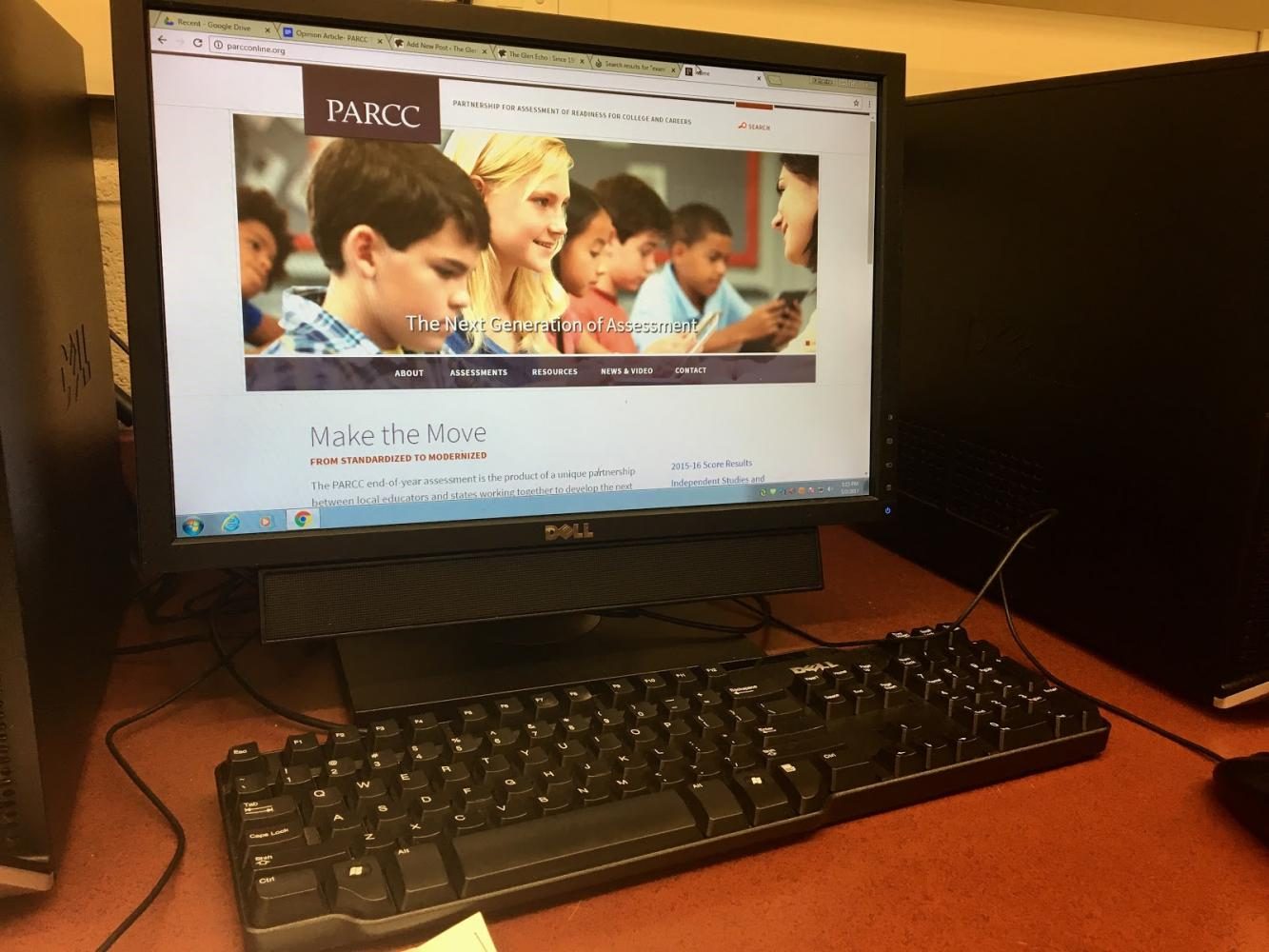It’s not a walk in the PARCC
May 3, 2017
PARCC stands for The Partnership for Assessment of Readiness for College and Careers, a group of states working together to develop a modern assessment that replaces previous state standardized tests. This organization believes that it provides better information for teachers and parents to identify where a student needs help, or is excelling, so they are able to enhance instruction to meet individual student needs.
However, in reality, the PARCC is the exact opposite.
The test is unfair, inefficient, doesn’t provide accurate test results, and doesn’t necessarily prepare students for college. Both the English and Mathematics section of the test have their negative aspects, making the entire test unreasonable.
While the English portion of the test is made more convenient than previous written standardized testing by providing students with computers (which allow test takers to type up responses quickly) the English prompts are often very hard and above grade level, making it especially tough for younger students, or kids with disabilities.
For instance, as reported by edcircuit.com, the PARCC test required fourth grade students to answer questions based on a passage from The Wonderful Wizard of Oz.
“According to the widely used Lexile measures of text difficulty, Baum’s famous book has a readability score of 1030, which means that these passages are suitable for an average eighth grader. Very few fourth graders can read these passages with the comprehension required by the test questions,” reports EdCircuit.
PARCC designers may believe that such a high-level test will challenge students and prepare them for tough prompts in the future. Despite these beliefs, the PARCC actually creates anxiety for younger children, making them believe that standardized tests are stressful and causing them to lose confidence in their abilities.
Some English passages also have a narrow focus, and questions can be answered without completely understanding the text. Although this makes the test easier, the Providence Journal explains that because of those questions, the PARCC does not provide meaningful information about what children know, what they can do, and where they struggle, but instead results in frustration and random answers: “The entire experience, based on a deeply flawed conception of what a well-educated youngster needs to know, sets children up to fail, discourages them and makes it more difficult for them to engage in learning.”
If you thought that the flaws of the English PARCC test were overwhelming, the math section will be a nightmare.
To begin, students shouldn’t be forced to take the math portion of the PARCC on the computer.
In the math section of the PARCC, some problems require students to write out their work and show specific formulas. It is incredibly frustrating to place even a simple set of parentheses around an equation. By the time a student resolves this issue, he or she has wasted several minutes of valuable work time. If the math section of the PARCC were switched back to paper, this problem would not exist.
In addition, the math section tests students on many topics they haven’t yet been reviewed in their classes. Similarly to the English section, some questions are a whole grade level up. It is as if the PARCC is setting students up for failure, and not even given them a chance to successfully complete such questions. What’s the point of this?
The PARCC lowers students’ self-esteem, causing them to simply give up and not try at all. It also uses up valuable time, which could be used for real education, and wasting beneficial school supplies, such as computers, worthwhile on such an unfair test?
The PARCC needs to be altered to better calculate the skills of students and to support those taking it, instead of hurting them emotionally.




